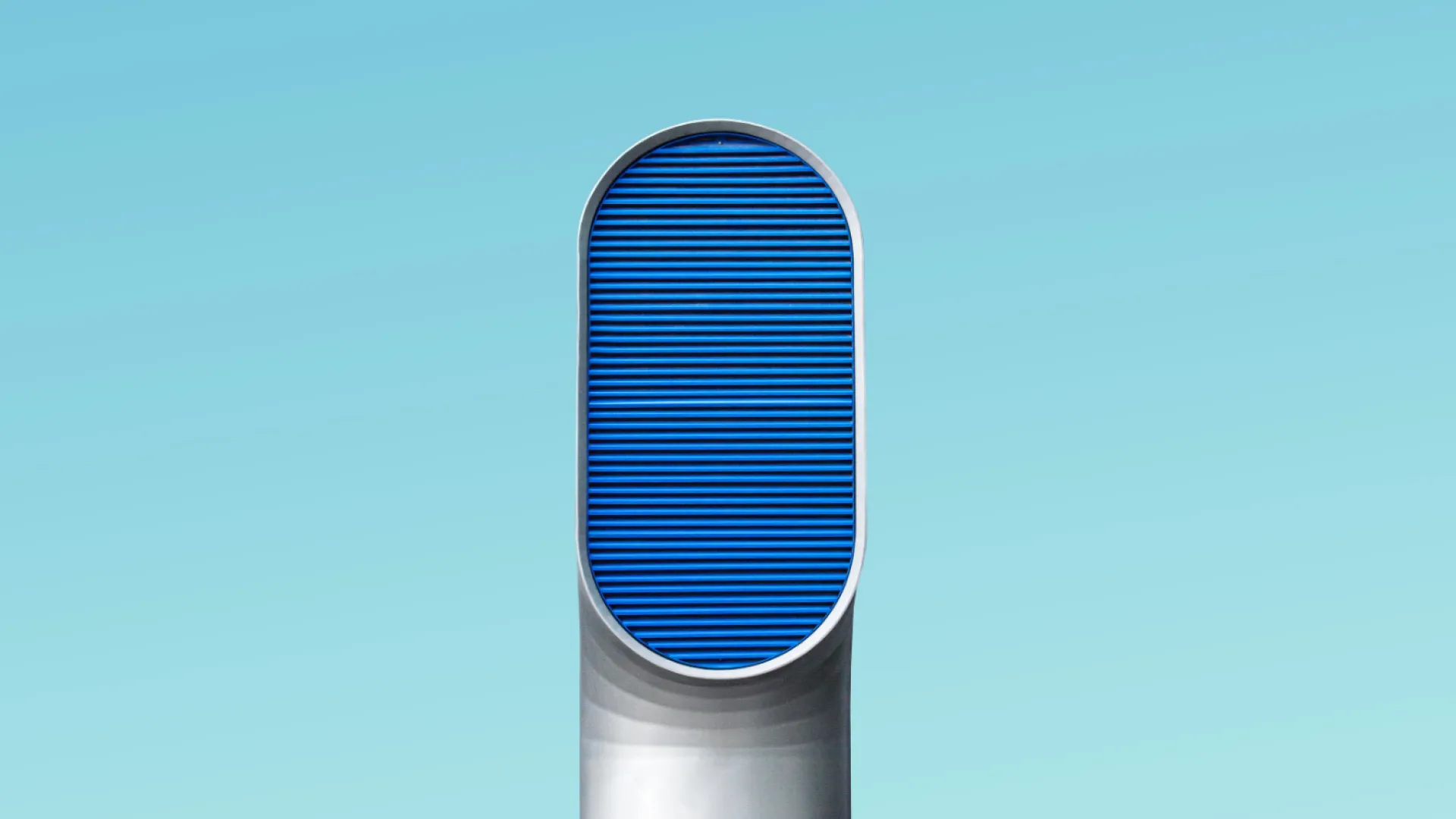
COVID-19 Response for Schools: Ventilation
Harvard Guidance for Ventilation in Schools
According to research from Harvard University, COVID-19 particles present in the coughs, sneezes, or exhaled breath of an infected person can disperse throughout a room and remain airborne for hours. Should an individual inhale a sufficient amount of particles, they could contract the virus even without close contact with the infected person. Many air systems recirculate some fraction of indoor air to save on energy costs. However, during a pandemic, air recirculation can cause an accumulation of infectious particles in the air and potentially spread the virus throughout the building. Reprograming the HVAC system to bring fresh air into a room can dilute and/or displace any present airborne virus, thus reducing the probability of an occupant inhaling enough aerosols to become infected.
Bring in Fresh Air
Increase the outdoor ventilation rate to the maximum setting to help dilute any airborne virus.
Disable demand-controlled ventilation (DVC) if possible.
Shut off or minimize airflow recirculation if possible, or increase air filtration.
Do not shut off or reduce mechanical ventilation during before-school or after-school hours when people may still be inside the building.
Vent Indoor Air Out
Maintain negative pressure in locations with a high risk of transmission.
Operate exhaust fans in bathrooms at all times
Do not open bathroom windows if they are in close proximity to air intake ducts.



